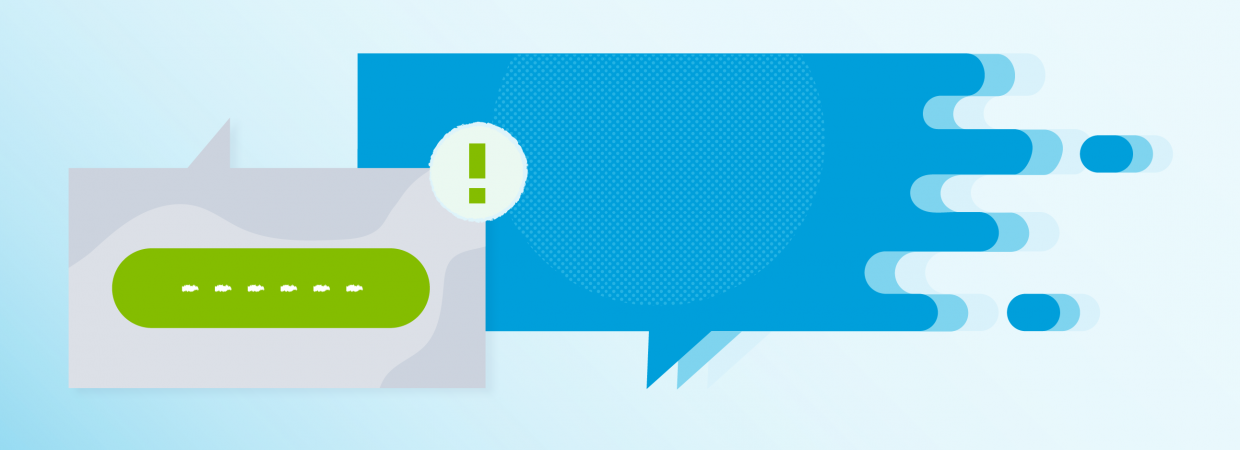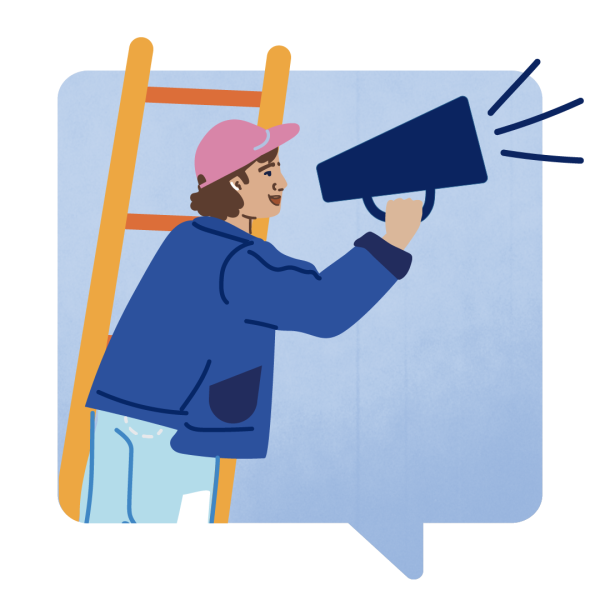At this year’s virtual Nonprofit Technology Conference, we were proud to host a panel on digital fundraising and the power of small-dollar donors. Our Movements, Issues, and Charitable Organizations Assistant Director, Adri Rosembert, chatted with Emily Griffin from Jobs With Justice, a nonprofit focused on workers’ rights and collective bargaining, and Christine Miranda from Movimiento Cosecha, a national movement fighting for permanent protection, dignity, and respect for all undocumented immigrants.
The discussion turned into a case study on how nonprofit fundraisers adapted to the COVID-19 pandemic that started in the U.S. in 2020. While this panel was specifically about adapting to fundraising during COVID-19, the tips and strategies are applicable for anyone handling a rapid response moment. Here is an excerpt from the conversation about what these two organizations have learned about rapid response fundraising and how they adapted their strategies to a fully digital world!
Adri: Was there any one action that you found to bring … the small-dollar donors in, beyond just fundraising? Was there something that was particularly exciting from last year or really powerful to the work that you did?
Emily, Jobs With Justice: We brought the majority of our small-dollar donors in through the Worker Solidarity Fund, [which we started in response to COVID-19 to provide direct cash relief to people working in industries most affected by the pandemic]. Our audience previously had skewed mostly white and older. By opening up the Worker Solidarity Fund, which is a fund that is worker-led, we got a whole entire new bunch of donors that were more diverse.
We then are able to cultivate those donors in a different way. We have a quarterly newsletter that goes out [and] a midyear briefing that the executive director participates in, and we’re going to get other managers and program directors to participate in [it too] for both major donors [and] sustainers, who are our monthly recurring donors … [These are some] ways that we are both expanding our audience and making sure that they stay cultivated and engaged as well.
Christine, Movimiento Cosecha: In areas where there is a base, which are primarily Massachusetts, Michigan, New Jersey, and Georgia, we actually try to have donors be part of the target audience [for action-oriented campaigns. There are] opportunities all the time to come to an action with a pretty low ask, or come to a training.
I think we’ve struggled to do that for donors who don’t fit into those areas, so the Undocumented Workers Fund, [which has redistributed $1 million to undocumented immigrants impacted by COVID-19,] created an opportunity to do that. We thought there was a lot we were doing with the fund that was topical, [especially] that undocumented workers were calling all the shots in this unique project.
It gave us the opportunity to have a lot of follow-up messaging [about] overall political analysis, overall strategy around [ending the] exploitation of undocumented workers, [and] the power that the undocumented community actually has. We created a bunch of content that was around the behind-the-scenes administration of the fund, reports on how the fund was operating, video updates and testimonials, and I think that was a very good experience for us in the last year.
Adri: Thinking about the tools and the features that impacted your organizing strategy last year, what are the digital tools or fundraising strategies that you think had the greatest impact on your work?
Emily, Jobs With Justice: First, we track how donations come in. We use reference codes, which are easy. We used to use another donation platform that made it hard to pool all of that needed information. But that’s how we’re able to see where online donations specifically come from, [including] from which email. [We also] do a lot of A/B testing [on] a mix of content [and] subject lines.
For [communications,] what we tend to do is we will suppress people from email lists if they do not like to receive sorted communications, per sorted campaigns. If they wanted to be on our national email list, then they will get more of a general overview of each campaign. If they want to receive more information about the specific campaign, then they get more in-depth email communications about those campaigns. And that could mean something as simple as early access to a campaign report. So they would get the campaign report a day or two earlier than the national email list. Little perks like that can be a huge thing for donors, and it makes them feel special too!
We also use Facebook fundraisers quite a bit for our Worker Solidarity Fund. They were pretty successful and it was a great way to do peer-to-peer fundraising as well, and sort of get the Worker Solidarity name out there, just build some momentum for it.
Christine, Movimiento Cosecha: On the donor acquisition side, that was where we kind of experienced so much success in this last year that was really different from what we had been able to achieve before. I want to try to paint the picture of what the context was for us. Basically the first few weeks of April, the first COVID relief bill was signed [and] there was a swirl of media attention on what’s in the bill, who’s covered, is it enough, [and then] people began to receive their first checks.
We saw a huge organic surge of people who intended to donate. [With] multiple social media campaigns happening for people to donate their stimulus checks, we saw … a huge increase in organic traffic to our website [and] traffic on our ActBlue page, and we realized this is a unique moment. We don’t know how long this energy is going to last. A strategy we really tried last year was … recognizing we’re in one of those moments, [so] how can we extend this moment as long as possible. Because we were not just getting a ton of donations, but we were getting a ton of brand-new donors.
So we invested a lot of capacity and spent resources developing Facebook ads to a lookalike audience, who are those new donors on our website and on our ActBlue page. We’re targeting new people with the lookalike audience and spending way more than we’ve ever spent on Facebook ads, like $5,000 a day … [as we tried] to expand that 15 minutes of fame. In the end we spent about $50,000 on ads and made back over $600,000 from brand-new donors. We actually successfully took that 15 minutes of fame and extended it to over a month where we were just acquiring completely new donors that were different from our usual donor profile based on that profile of who was interested in us at that unique moment.
I still have a lot of learning [to do] about how much of that is applicable outside one of those magic moments, but I think we definitely were able to extend the moment … Some other smaller tools and things we realized were particularly [impactful] in a moment like that [include] how much little optimizations on your website also make a difference. We used to have just one donate link on the website [with] a pop-up, [and went to] having it on the top of the page and having it on the bottom of the page. We had a unique landing page for the fund that had the ActBlue Express links on it and I think that also did make a lot of difference.
Adapting to the ever-changing COVID-19 pandemic has been no easy feat. Digital fundraisers have gone above and beyond to meet small-dollar donors where they are and strengthen their fundraising programs so they can take on new challenges. This conversation from NTC is just one example of how nonprofits are bringing new people into their movements and ensuring their critical work can continue. If you have questions about adapting your fundraising program to fit the moment, our Movements, Issues, and Charitable Organizations Team is always here to help!



